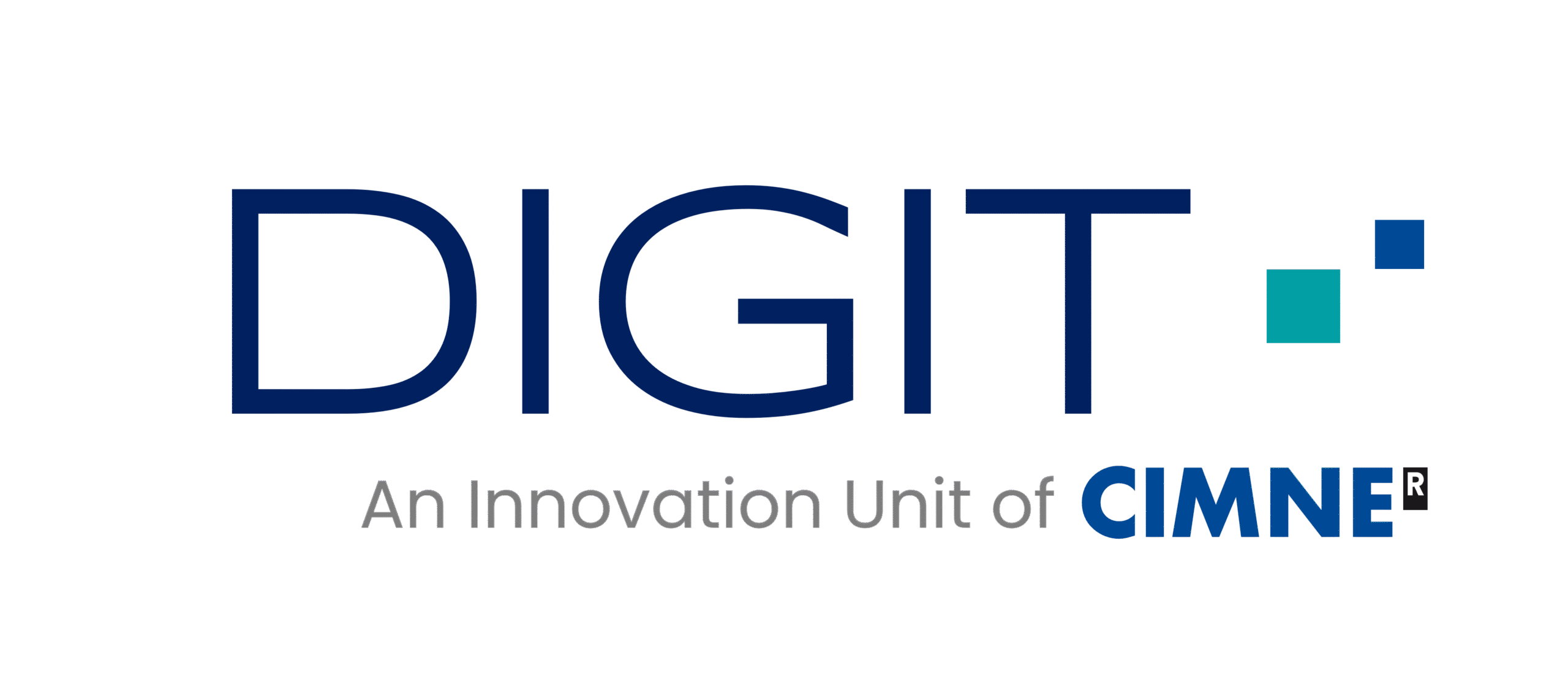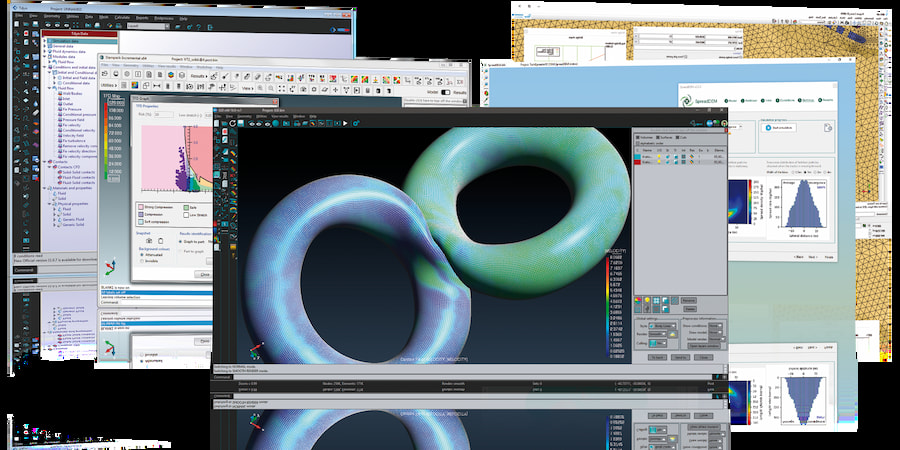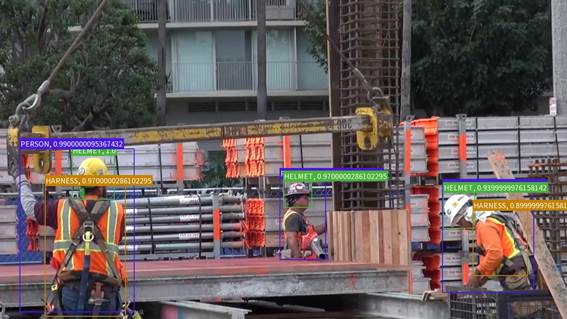CIMNE’s Innovation Unit in Pre, Post, and Digital Technologies (DIGIT) drives applied innovation in simulation, AI, and digital tools, uniting the GiD and TIC groups for impactful research and technology transfer.
Research groups
- TIC, Information and Communication Technology
Angel Diego Priego Mayan - Pre and Post Processing (GiD)
Abel Coll

CIMNE’s Innovation Unit in Pre, Post, and Digital Technologies (DIGIT) brings together two cutting-edge research groups—GiD and TIC—to foster applied innovation with real-world impact. The unit develops advanced digital solutions for the pre- and post-processing of numerical simulations, and integrates state-of-the-art technologies such as Artificial Intelligence (AI), Internet of Things (IoT), Geospatial Information Systems (GIS) and web-based tools for impactful technology transfer.
The GiD Group is behind the development of GiD, CIMNE’s flagship software for universal pre and post-processing in numerical simulations. This team leads research in computational geometry, CAD adaptation, mesh generation (including from 3D image data), and advanced visualization for High-Performance Computing (HPC) environments and cloud systems. GiD is used worldwide across disciplines for its speed, robustness, and versatility.
The TIC Group focuses on the development of innovative services and decision-support systems powered by artificial intelligence, computer vision, internet of things technologies, and modern web and mobile platforms. Their solutions are deployed across diverse sectors, from civil and maritime to agriculture, environment, and biomedical engineering, delivering tangible impact across industries.
By merging multidisciplinary expertise, the DIGIT unit provides solutions to transform data into actionable insights, developing robust digital tools, and fostering collaborations that accelerate innovation for the social good.
Ongoing projects
Finished projects
Search
Related news

CIMNE Contributes an AI solution to Prevent Drownings
CIMNE and the Catalan company Pro-activa, with the support and encouragement of the Catalan Business Competitiveness Agency (ACCIÓ), have teamed up to create an Artificial Vision technology aimed at helping to prevent drownings at beaches. The system...

Computer vision for drowning prevention
LAIF is a predictive aquatic surveillance system that works using computer vision technology. It analyses different patterns of behaviour of people in an aquatic environment and should be able to detect behaviour compatible with drowning. Once detected, it will...
More News








